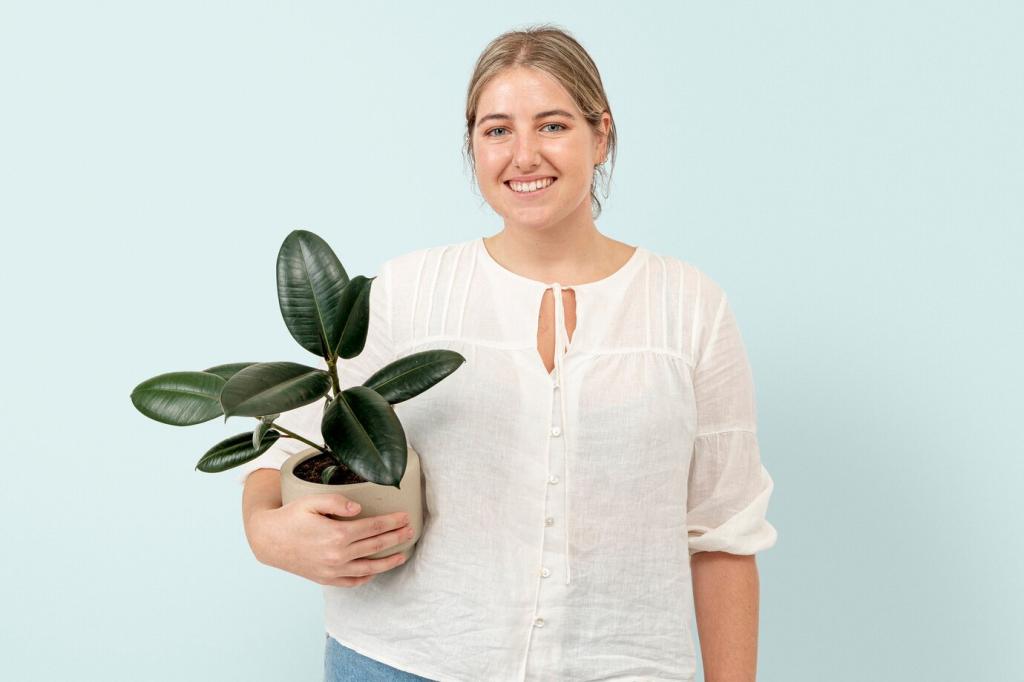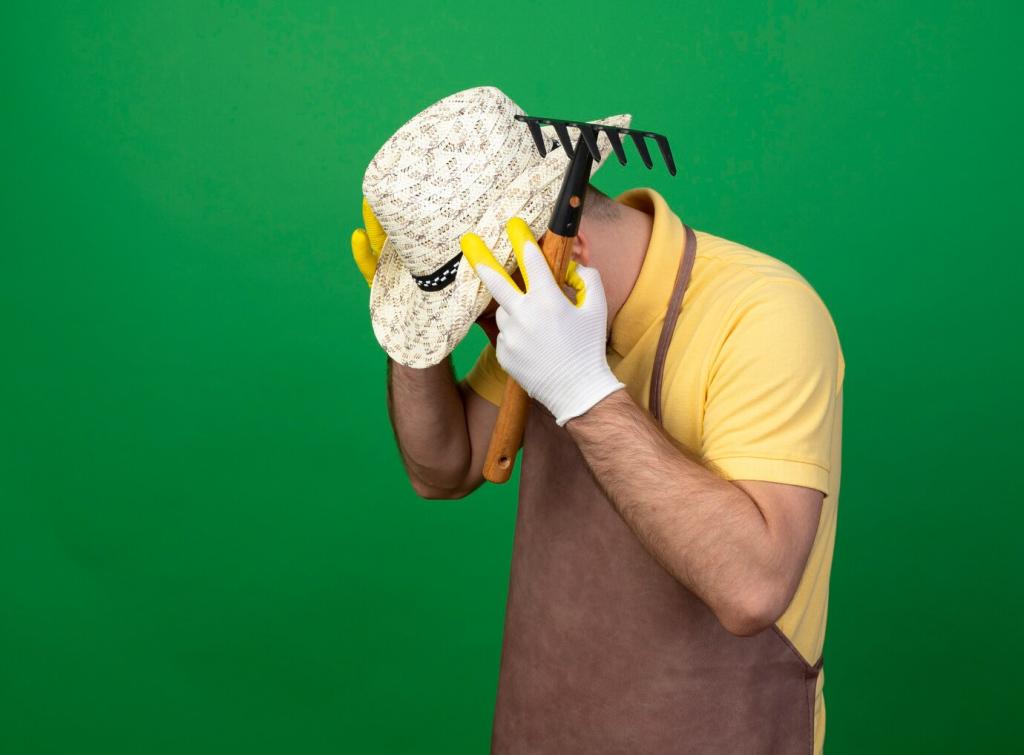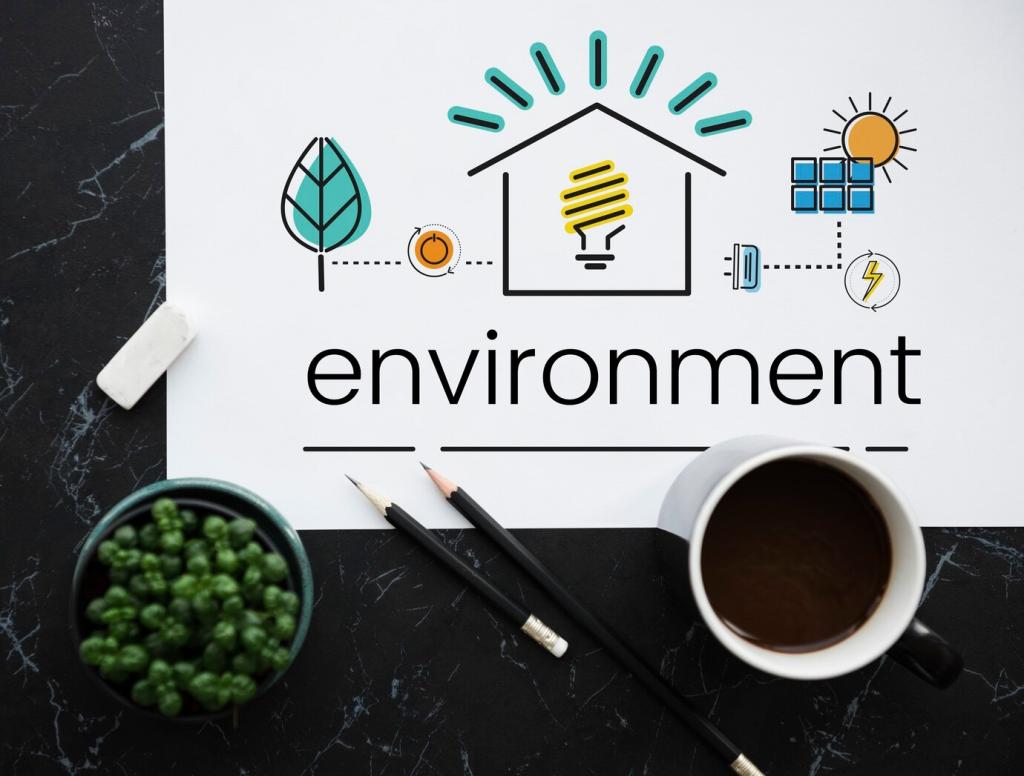Organic Waxing for Sustainable Furniture
Today’s chosen theme is Organic Waxing for Sustainable Furniture. Discover how natural waxes bring breathable protection, timeless character, and planet-friendly care to the pieces you live with every day.

A breathable protective finish
Organic waxing preserves a tactile, breathable surface that doesn’t trap wood under plastic film. With fewer petrochemicals and low-VOC options, it supports healthier interiors and easy, spot-by-spot repair. Subscribe for nature-first finishing tips and seasonal maintenance reminders.

From heritage methods to modern homes
Waxing has seasoned workshops for centuries because it feels good, looks honest, and ages gracefully. I still remember reviving a flea-market stool with beeswax; its grain woke up like sunlight. What is your first waxing memory? Share it in the comments.

Safer indoor air and mindful materials
Choose solvent-free or low-odor waxes and avoid unnecessary additives. Many organic blends use beeswax and plant oils, reducing harsh fumes while curing. Check your tin for certifications, then tell us which labels you trust and why they matter to your home.
Choosing Truly Organic Waxes and Ethical Sources
Beeswax, carnauba, and plant oils
Beeswax offers a warm glow and easy workability; carnauba adds hardness and scuff resistance; plant oils like linseed or tung improve penetration. Balanced blends create depth and resilience. What ratios have worked for you? Share your favorite recipe and why it sings.
Certifications and traceability
Look for organic certifications, fair sourcing, and regenerative beekeeping disclosures. Palm-free or deforestation-free policies matter, too. Ask suppliers about origin and processing transparency. Want a quick sourcing checklist? Subscribe, and we’ll send our printable guide to vetting waxes responsibly.
Color, aroma, and allergen notes
Beeswax carries a gentle honey scent and warm tone; carnauba is hard and nearly neutral. Some plant oils may pose allergen concerns. Patch-test on hidden areas, then share your scent preferences and any sensitivities to help other readers choose comfortably.
Remove dust with a vacuum and tack cloth, then sand progressively to a fine grit for a silky foundation. Wipe with a mild, water-damp cloth and let dry. I once rushed this step and chased lint for hours—slow prep saves time. What’s your go-to grit?

Application Techniques That Build Depth and Durability
Apply a whisper-thin coat with a lint-free cloth, working with the grain in small sections. Let haze, then buff until your cloth slides easily. Two to three passes beat one heavy application. Tag your first gleam photo—your sheen settings inspire the community.
Application Techniques That Build Depth and Durability
Circular burnishing followed by long, straight passes can coax a gentle glow and highlight chatoyance. A soft wool pad helps evenness, while a final cotton buff refines feel. Share your before-and-after shots, and note the pressure that made the grain come alive.



Real-world spill test
A waxed maple table shrugged off a coffee splash during breakfast; a quick wipe left no ring. Standing moisture can still mark wood, so use coasters and dry spills quickly. Tell us your spill stories and which wax blend handled them best.

Heat and sunlight considerations
Heat can soften wax; use trivets under hot dishes. Harder carnauba-rich blends improve resistance. Rotate furniture to reduce UV fade, and draw shades during peak hours. What sunlight hacks keep your finishes calm? Share your tricks for bright rooms and south-facing windows.

Kid- and pet-friendly living
Once cured, organic wax finishes feel gentle and natural to the touch. Avoid freshly waxed surfaces for crawling or chewing pets until fully set. Teach coaster etiquette as a fun game. Post your family-tested tips for keeping waxed pieces playful, safe, and beautiful.


Sustainability Ledger: Impact You Can Feel Good About
Solvent-free organic waxes minimize VOC exposure during application. Because waxes are thin and repairable, you avoid full-film stripping, reducing waste and mess. When a surface tires, refresh locally instead of replacing furniture. Comment with your favorite low-odor, low-VOC product experiences.
Sustainability Ledger: Impact You Can Feel Good About
Extending a table’s life by five or ten years delays replacement emissions dramatically. Our community renewed old library benches with wax, saving oak from the dumpster and budgets from new purchases. Share your reclaimed wins and how waxing shifted a piece’s lifespan curve.

A light beeswax-forward blend yields a soft, low-sheen glow that pairs beautifully with pale ash and birch. Keep coats thin and buff gently to avoid shine. Share your minimalist rooms, and tell us how waxed surfaces influence the light and quiet of your space.

We salvaged a weathered oak dresser and warmed it with beeswax plus a touch of carnauba. The knots deepened, tool marks told stories, and the pull handles felt newly purposeful. Post your before-and-after shots and the moment you knew the piece had its voice back.

On dense or fine-grained species, test in a small area to confirm adhesion and sheen. A lean, hard blend keeps surfaces tidy without glare. Drop photos of your clean-lined projects and what buffing rhythm delivered the crisp, contemporary finish you wanted.
